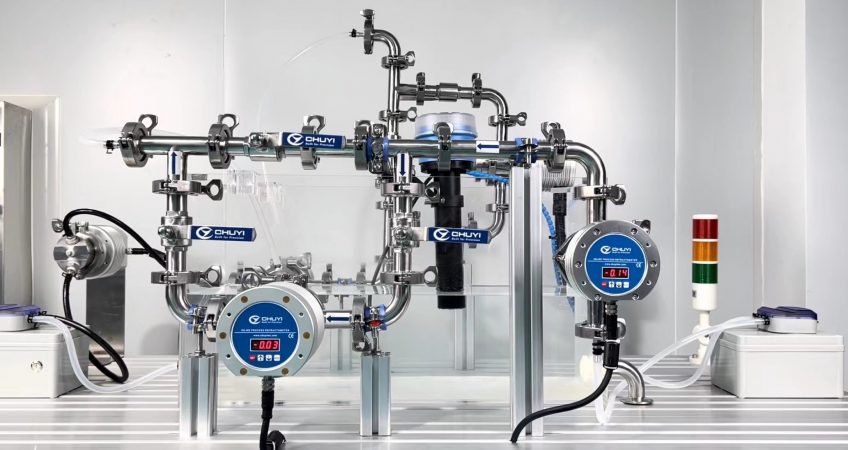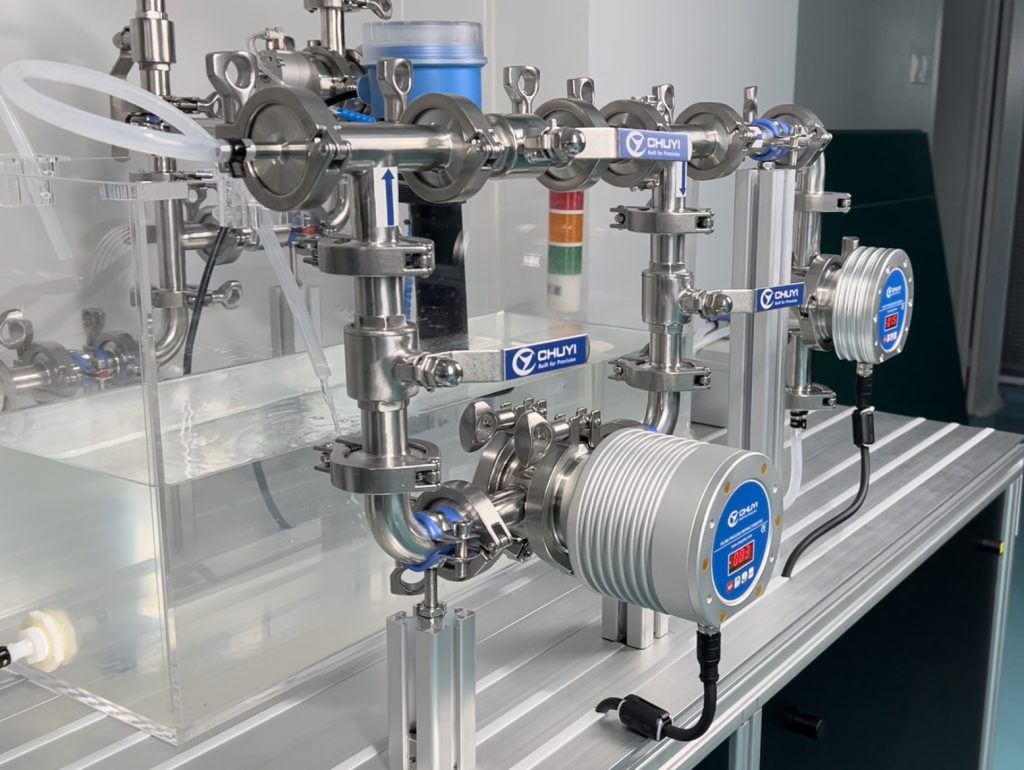
In industrial production, the measurement of sodium hydroxide(NaOH) solution concentration is a topic that often raises debates. Traditional titration methods can lead to lagging efficiency, while using an inline refractometer for real-time monitoring of concentration requires relatively pure sodium hydroxide content. So, what are the possible solutions to bypass the interference of other components in the sodium hydroxide solution, such as the presence of free alkali? Please provide a professional solution based on your understanding.
When dealing with the interference of other components in the sodium hydroxide solution, particularly the presence of free alkali, here are some professional solutions:
Use chemical reagents: One option is to add a specific chemical reagent that reacts with the free alkali, converting it into a product that does not interfere with concentration measurements. For example, an acidic reagent can be used to neutralize the free alkali and convert it into a salt, reducing its interference with concentration measurement.
Consider solution purity: During the production process, strive to use high-purity sodium hydroxide to minimize the impact of other components on concentration measurements. By purchasing higher-purity sodium hydroxide products, the content of impurities like free alkali can be reduced, enhancing the accuracy of measurements.
Use specialized inline refractometers: Select dedicated inline refractometers with high precision and anti-interference capabilities to monitor the concentration of sodium hydroxide solutions. These instruments typically employ advanced optical technologies and algorithms to accurately measure the target substance’s concentration while minimizing interference from other components.
Establish calibration models: Collect a series of sodium hydroxide solution samples with known concentrations and use them to train and establish calibration models for the inline refractometer. Calibration models can establish correlations between the optical properties and concentration values of the samples, enabling accurate measurement of unknown concentration samples.
In conclusion, to bypass the interference of other components in sodium hydroxide solutions and achieve real-time and effective concentration monitoring, it is necessary to consider the use of chemical reagents, control solution purity, select suitable specialized inline refractometers, and establish accurate calibration models. These measures can facilitate efficient and accurate monitoring of sodium hydroxide solution concentrations in industrial production.



